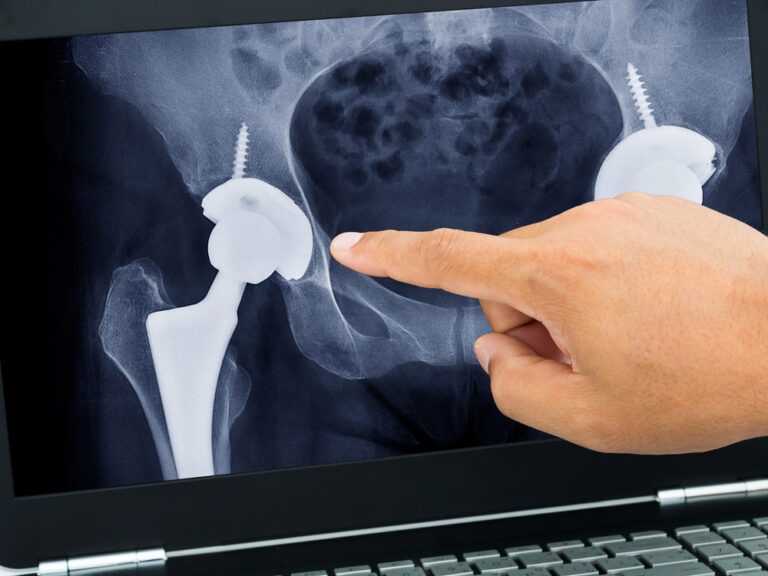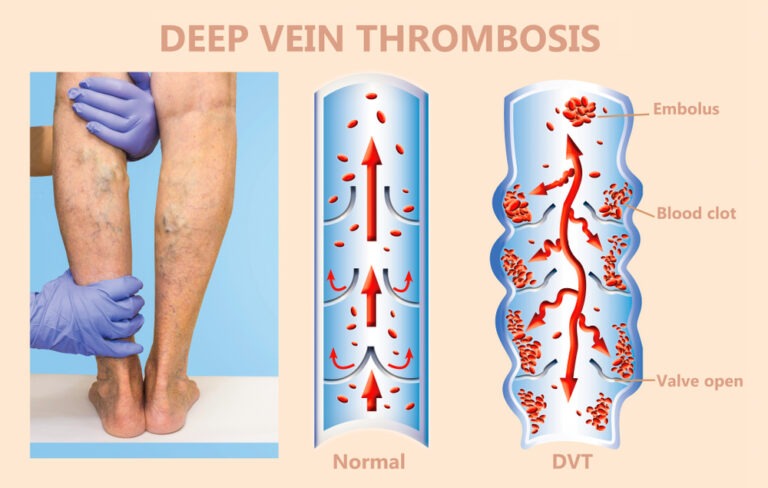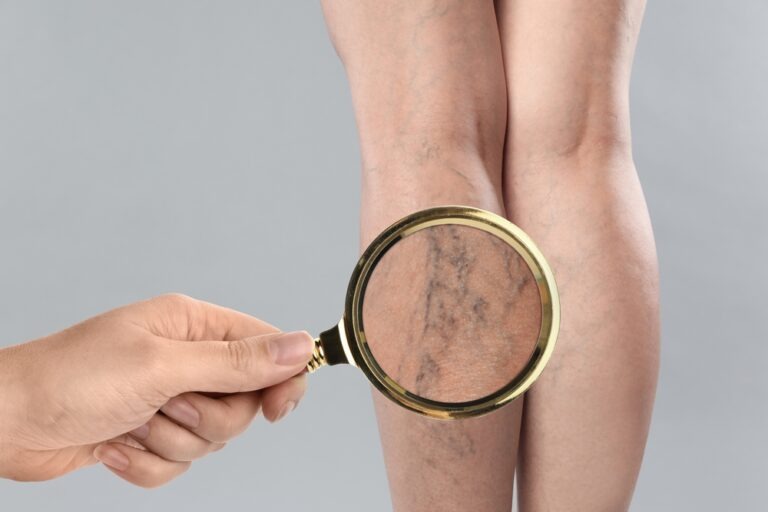As an Amazon Associate. We get small commissions for purchases made through affiliate links in this post at no extra cost to you. More info. Amazon Affiliate Disclaimer

Wearing knee braces can be necessary for various reasons, including injury prevention, post-injury support, or managing chronic knee conditions. The type of knee brace you should wear depends on your specific needs and the guidance of a medical professional. Here are some common types of knee braces and their purposes:
Prophylactic Knee Braces: These are preventive braces often used in sports to reduce the risk of knee injuries, particularly in high-contact or high-impact sports. They are typically made of neoprene and provide support to the knee joint.
Functional Knee Braces: Functional knee braces are designed to provide support to a damaged or injured knee. They are commonly used after knee surgery or to help manage conditions like anterior cruciate ligament (ACL) injuries. These braces often have metal or rigid components to stabilize the knee.
Unloader or Offloader Knee Braces: These braces are designed to relieve pressure on a specific compartment of the knee, often used in cases of knee osteoarthritis or meniscus tears. They can help reduce pain and improve mobility by redistributing weight away from the affected area.
Rehabilitative Knee Braces: These braces are used post-surgery or after a significant knee injury to limit movement during the initial stages of recovery. They often have adjustable hinges to control the range of motion as the knee heals.
Patellar Stabilizing Knee Braces: These braces are designed to support and stabilize the patella (kneecap). They are used for conditions like patellar instability or to alleviate patellofemoral pain syndrome.
Hinged Knee Braces: Hinged knee braces offer stability to the knee joint while allowing some degree of movement. They are often used in cases of ligament injuries or during the later stages of rehabilitation.
Neoprene Knee Sleeves: These are flexible, compression sleeves made of neoprene material. They provide mild support and help with pain relief and improved circulation. They are commonly used by athletes for added knee support during physical activities.
Elastic Bandage Wraps: Elastic bandages, such as ACE bandages, can provide compression and support to the knee joint. They are less rigid than other types of braces and are often used for minor knee injuries or as a temporary measure.
It’s important to consult with a healthcare professional, such as an orthopedic specialist or physical therapist, to determine the most appropriate type of knee brace for your specific condition or needs. They can provide guidance on proper sizing, fitting, and usage to ensure that the brace effectively supports your knee while promoting healing and comfort.
Certainly, here are some additional considerations when it comes to wearing knee braces:
Sizing and Fit: Proper sizing and fit are crucial for the effectiveness of a knee brace. Ill-fitting braces may not provide the support needed and could potentially cause discomfort or further injury. Follow the manufacturer’s guidelines or seek professional assistance to ensure the brace fits correctly.
Duration of Use: The duration for which you should wear a knee brace depends on your specific condition. Some braces are meant for short-term use, such as post-injury recovery, while others may be used long-term to manage chronic conditions. Follow your healthcare provider’s recommendations regarding the duration of use.
Activity Level: Consider your activity level when choosing a knee brace. Some braces are designed for everyday use, while others are intended for sports or more active pursuits. Make sure the brace you choose aligns with your lifestyle and activity level.
Comfort: Comfort is essential when wearing a knee brace. Look for braces with padding and adjustable straps to ensure a comfortable fit. It’s important that the brace does not cause irritation or discomfort during prolonged use.
Maintenance: Proper care and maintenance of your knee brace are important to prolong its lifespan. Follow the care instructions provided by the manufacturer, which often include guidelines for cleaning and storage.
Consultation with a Healthcare Professional: If you’re unsure about which type of knee brace is suitable for your condition or if you’re experiencing ongoing knee pain or instability, consult with a healthcare professional. They can assess your situation, recommend the appropriate brace, and provide guidance on its use.
Physical Therapy: In many cases, using a knee brace may be part of a broader treatment plan, which could include physical therapy exercises to strengthen the knee and improve mobility. Be sure to follow your healthcare provider’s complete treatment plan for the best results.
Remember that while knee braces can provide valuable support and help manage various knee conditions, they are not a substitute for proper medical evaluation and treatment. If you experience severe or persistent knee pain, consult a healthcare provider for a thorough assessment and personalized guidance on managing your condition.
Certainly, here are a few more considerations regarding knee braces:
Insurance Coverage: If you require a knee brace for a medical condition or post-surgery recovery, check with your health insurance provider. Some plans may cover the cost of medically necessary knee braces, while others may require pre-authorization or a prescription from a healthcare provider.
Wearing Schedule: Follow your healthcare provider’s recommendations regarding when and how often to wear your knee brace. Some braces may be intended for use during specific activities or times of the day, while others may need to be worn continuously.
Monitoring Progress: If you’re using a knee brace as part of a rehabilitation program or to manage a chronic condition, keep track of your progress. Note any improvements or changes in your symptoms and report them to your healthcare provider during follow-up appointments. Adjustments to the brace or treatment plan may be necessary based on your progress.
Alternatives to Bracing: In some cases, physical therapy, exercises, or other non-invasive treatments may be sufficient to manage your knee condition or injury. Your healthcare provider will consider all available options and recommend the most appropriate treatment plan for your specific situation.
Proper Use during Physical Activity: If you’re using a knee brace for sports or physical activities, ensure that you use it correctly. Follow any guidelines provided by your healthcare provider or the manufacturer to reduce the risk of injury and maximize support.
Replacing Worn-Out Braces: Knee braces can wear out over time, especially if they’re subjected to regular use and physical activity. Inspect your brace periodically for signs of wear and tear, such as fraying straps or diminished support. Replace the brace if it shows signs of deterioration to maintain its effectiveness.
Remember that while knee braces can be beneficial, they are just one aspect of managing knee injuries or conditions. Adhering to your healthcare provider’s advice, including any physical therapy exercises or lifestyle modifications, is essential for a comprehensive approach to knee health. If you ever have questions or concerns about your knee brace or your knee’s condition, don’t hesitate to reach out to your healthcare provider for guidance and support.










